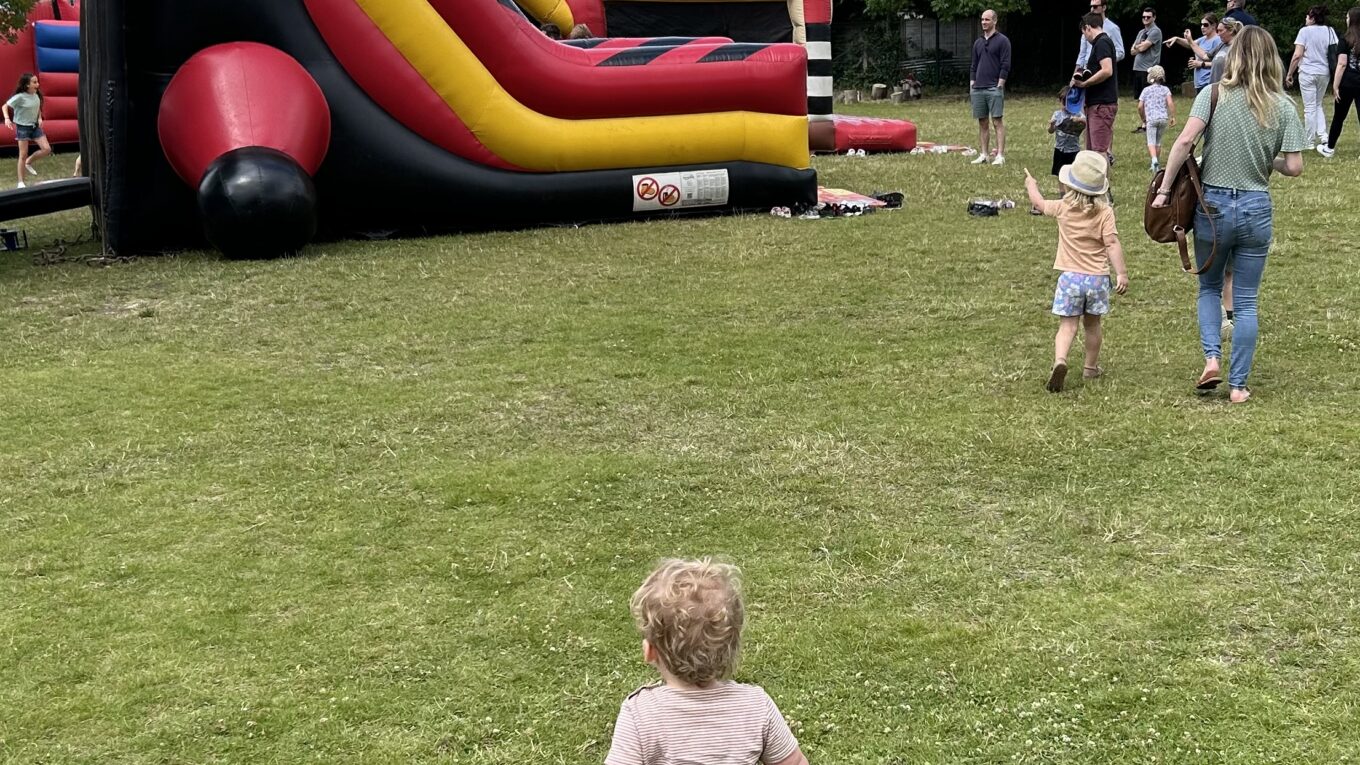Early Years funding in Norfolk – an update
Back in July, I wrote that I wrote about a letter I received from an Early Years provider in Norfolk who was worried about funding for nurseries. I contacted Norfolk County Council to ask for their take on funding for the service. Here’s their reply:
The short answer to your direct questions – both are true – there is a top slice, and LAs receive different amounts. The longer answer below does get very complicated, and I’d be happy to discuss further if its helpful.
The glimmer of hope is that as part of the “Best Start for Line” opportunity mission – DfE have pledged to simplify funding. The currently system is unpredictable for providers and baffling for parents.
Local authorities can top-slice the funding allocation to fund administration of funding, and support services for settings, in line with our statutory obligations. The maximum top slice is currently 5%, and in Norfolk we currently top slices 3.5%. The national cap is reducing in April to 3%. The cap is reducing as there has been a significant increase in the number of eligible funding, with the final phase of this expansion being 30 hours of funding for all children who meet the working families definition from September.
Different LAs receive different hourly funding rates, which vary by age range, to reflect the different staff to pupil ratios required:
|
National |
Lowest |
Highest |
Norfolk |
|
|
3 and 4-year-old entitlements (universal 15 hours & working families additional 15 hours) |
£6.12 |
£5.71 |
£9.23 |
£5.71 |
|
2-year-old entitlements (disadvantaged 15 hours & working families 30 hours) |
£8.53 |
£7.23 |
£12.43 |
£7.70 |
|
Under 2s entitlement (disadvantaged 15 hours & working families 30 hours) |
£11.54 |
£9.45 |
£17.44 |
£10.48 |
|
Early years pupil premium (EYPP) |
£1.00 |
£1.00 |
£1.00 |
£1.00 |
|
Disability access funding (DAF) |
£938 |
£938 |
£938 |
£938 |
Locally, the broad consensus from providers is that funding rates for younger children generally meet costs, and are broadly in line with what providers charge, sometimes a little higher. The 3 and 4-year-old rate however has not kept up with increases to costs for providers.
As you can see Norfolk receives one of the lowest rates, and is calculated nationally by a formula which is then adjusted through “Area Cost Adjustments” which use estimates of differences in staff and premises costs between local authority areas. There are protections then applied to ensure a minimum and maximum amount of increase on the previous year.
The base rate funding is then distributed to providers using a locally agreed formula, agreed by Schools Forum each January (Norfolk Schools Forum – Forum agendas and papers – Norfolk Schools and Learning Providers – Norfolk County Council) in consultation with Early Years Providers, and set by the local authority.
The funding is distributed as:
- A base rate
- A deprivation supplement, and optionally additional supplements (rurality or sparsity, flexibility, quality, EAL) – up to 12% of the overall funding
- A Special educational needs inclusion fund (SENIF) for supporting children with low-level or emerging SEN (Children not eligible for entitlements or with more complex needs and with an education, health and care (EHC) plan continue to be eligible to receive funding via the high needs block of the DSG)
In Norfolk – the steer from providers and our Early Years Consultative group has been to maximise the base rate, so we do not currently have any optional supplements.
The 2024/25 rates to providers are (which equates to 96.5% of funding received):
|
Base Rate |
Deprivation Supplement (Children in the 0-20% most deprived areas) |
SENIF |
|
|
|
3 and 4-year-old entitlements |
£5.28 |
£0.21 |
£1.363m (3% of budget) |
|
|
2-year-old entitlements |
£7.36 |
£0.21 |
£0.770m (3% of budget) |
|
|
Under 2s entitlement |
£10.01 |
£0.21 |
£0.897m (3% of budget) |
|
Early Years Pupil Premium (£1.00/hour) and Disability Access Funding (£928/year) is allocated at a flat rate nationally on top of the base allocation and passed through in full to providers.

